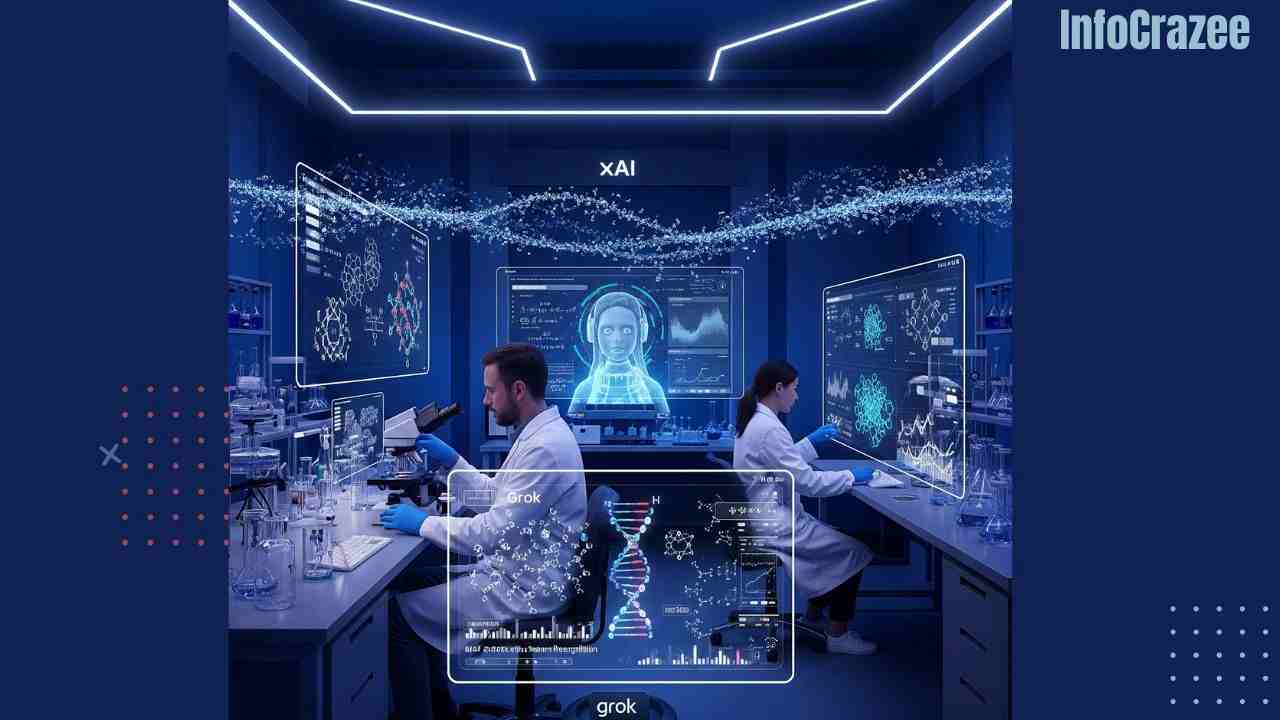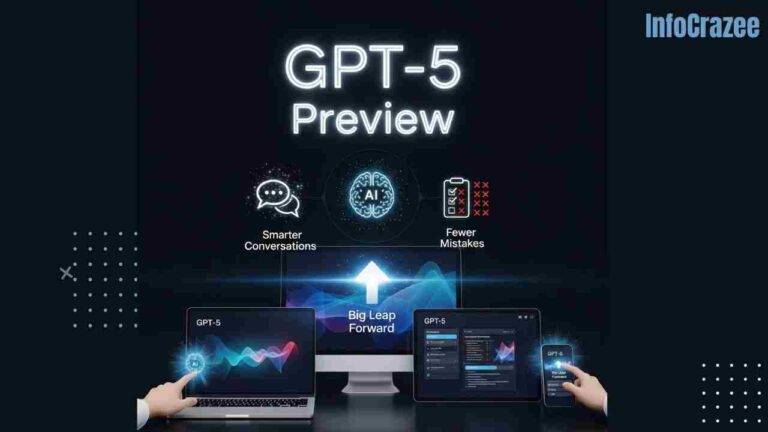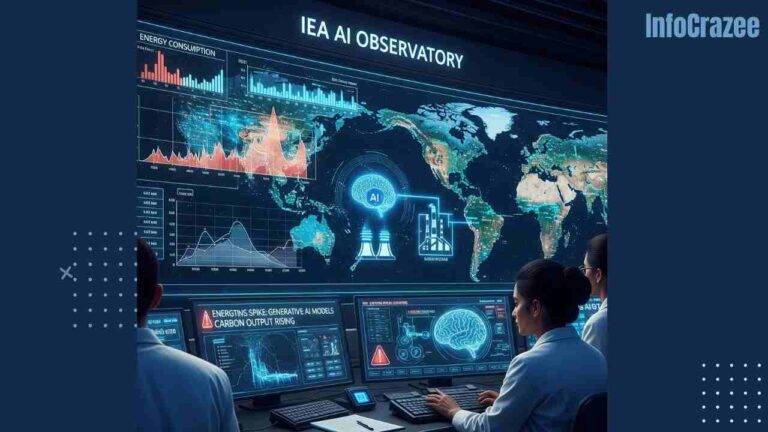xAI’s Grok 3.5 Unveils Advanced Reasoning for Scientific Discovery
AI’s New Frontier in Science
Artificial intelligence is revolutionizing scientific research, accelerating discoveries in fields like physics, biology, and climate science. As AI models grow more sophisticated, they’re not just crunching numbers—they’re posing hypotheses, analyzing complex datasets, and even suggesting experiments. The global AI market for scientific applications is projected to reach $25 billion by 2030, driven by demand for faster, data-driven breakthroughs. xAI, a leader in AI innovation, has just raised the bar with a new release that’s making waves in the scientific community. Announced today, this advancement could redefine how researchers tackle the world’s biggest challenges.
New Update: Grok 3.5’s Advanced Reasoning
On May 27, 2025, xAI unveiled Grok 3.5, an upgraded AI model with enhanced reasoning capabilities designed specifically for scientific discovery.

Unlike its predecessors, Grok 3.5 can process multimodal data—text, equations, and experimental results—while generating hypotheses in real time. X posts highlight its ability to solve complex problems, like predicting protein folding or modeling climate scenarios, with 20% higher accuracy than competing models. Built on xAI’s proprietary architecture, Grok 3.5 integrates with research platforms, enabling scientists to query it conversationally and receive detailed, evidence-based insights.

This release follows xAI’s mission to advance human understanding, positioning Grok as a collaborator for researchers worldwide.
Use Cases: Transforming Research Across Fields
Biology
In biology, Grok 3.5 is streamlining drug discovery. It can analyze molecular structures and predict interactions, cutting months off traditional research timelines. In a trial with a leading biotech firm, Grok 3.5 identified a novel compound for cancer treatment, now entering preclinical testing. Its ability to cross-reference vast datasets makes it a game-changer for personalized medicine.
Physics
For physicists, Grok 3.5 offers tools to tackle quantum mechanics and astrophysics. It recently assisted researchers at CERN in modeling particle collisions, reducing computation time by 30% compared to traditional methods. This speed enables faster hypothesis testing, accelerating discoveries in fundamental science.
Climate Science
In climate research, Grok 3.5 models complex environmental systems, predicting the impact of policy changes on global temperatures. A UN research team used it to simulate carbon capture scenarios, identifying optimal strategies for 2030 emissions targets. Its real-time analysis could guide urgent climate action.
Future Outlook: AI as a Scientific Partner?
Grok 3.5’s launch suggests a future where AI is a co-researcher, not just a tool. xAI plans to integrate it with lab robotics, enabling automated experiments based on AI-generated hypotheses by 2027. However, challenges remain: ensuring data privacy, addressing biases in training data, and navigating regulatory hurdles like the EU’s. If successful, Grok 3.5 could democratize research, allowing smaller institutions to compete with well-funded labs. Could AI like Grok 3.5 unlock the next Einstein-level breakthrough?
Conclusion: Science Just Got Smarter
xAI’s Grok 3.5 is more than an upgrade—it’s a leap toward AI-driven scientific discovery. By empowering researchers in biology, physics, and climate science, it’s turning complex problems into solvable challenges. As AI continues to evolve, the line between human and machine ingenuity is blurring, promising a future where discoveries happen faster than ever. The age of AI scientists has begun.






